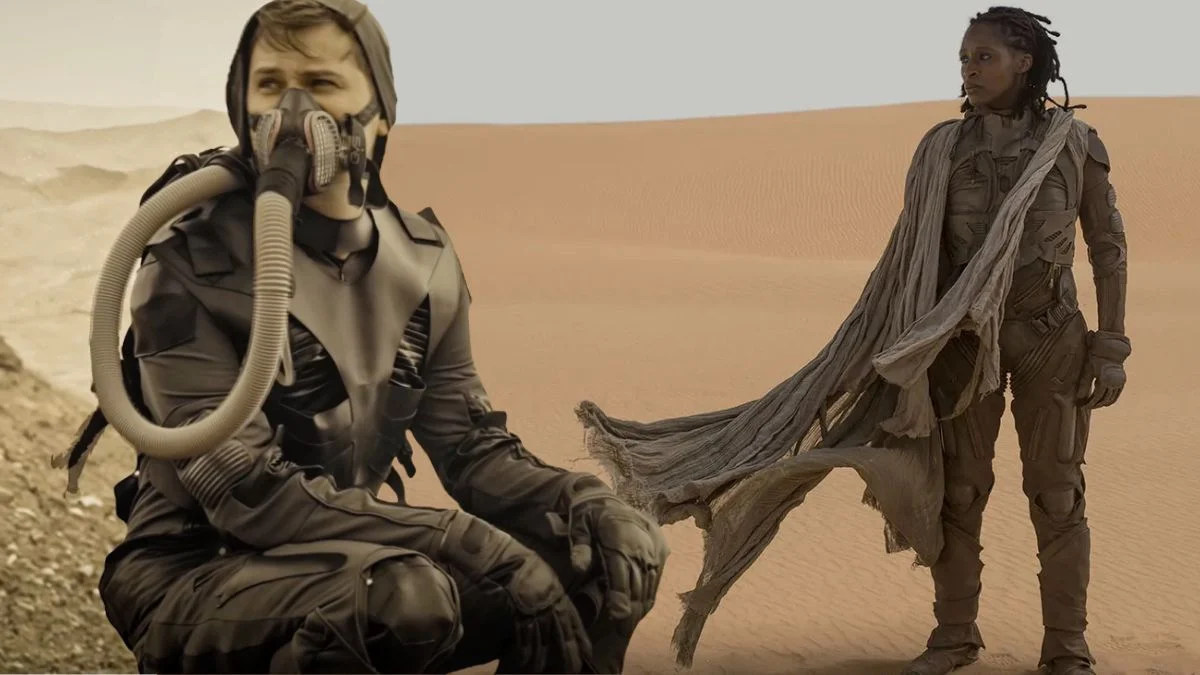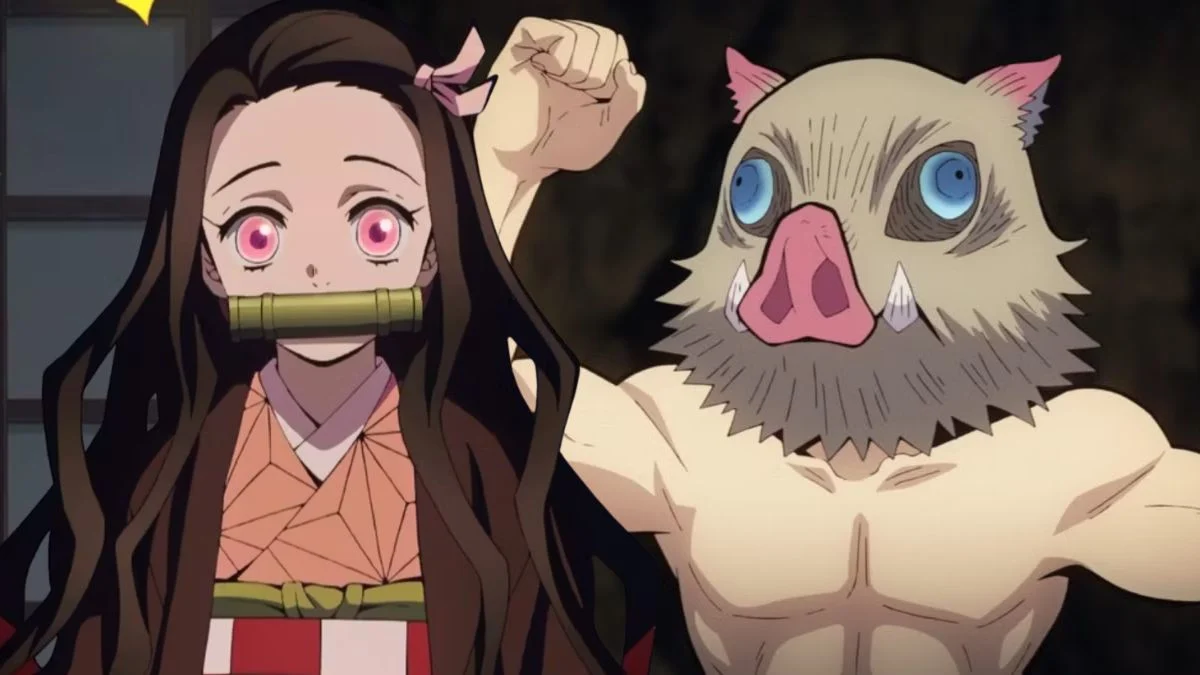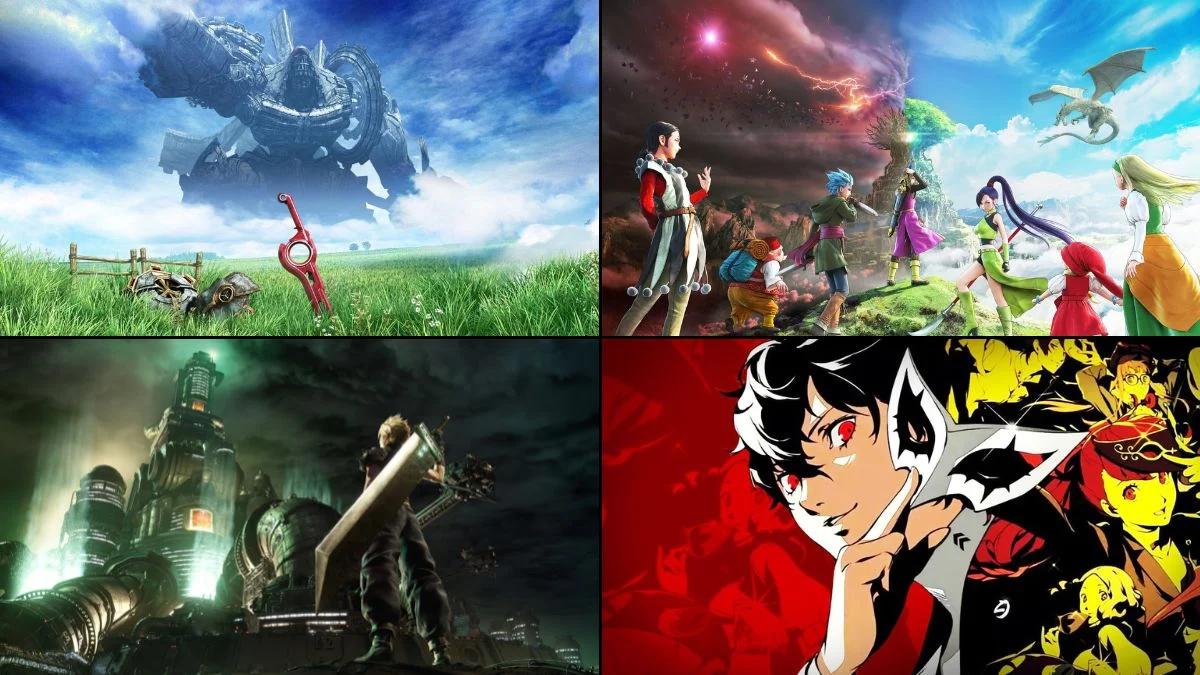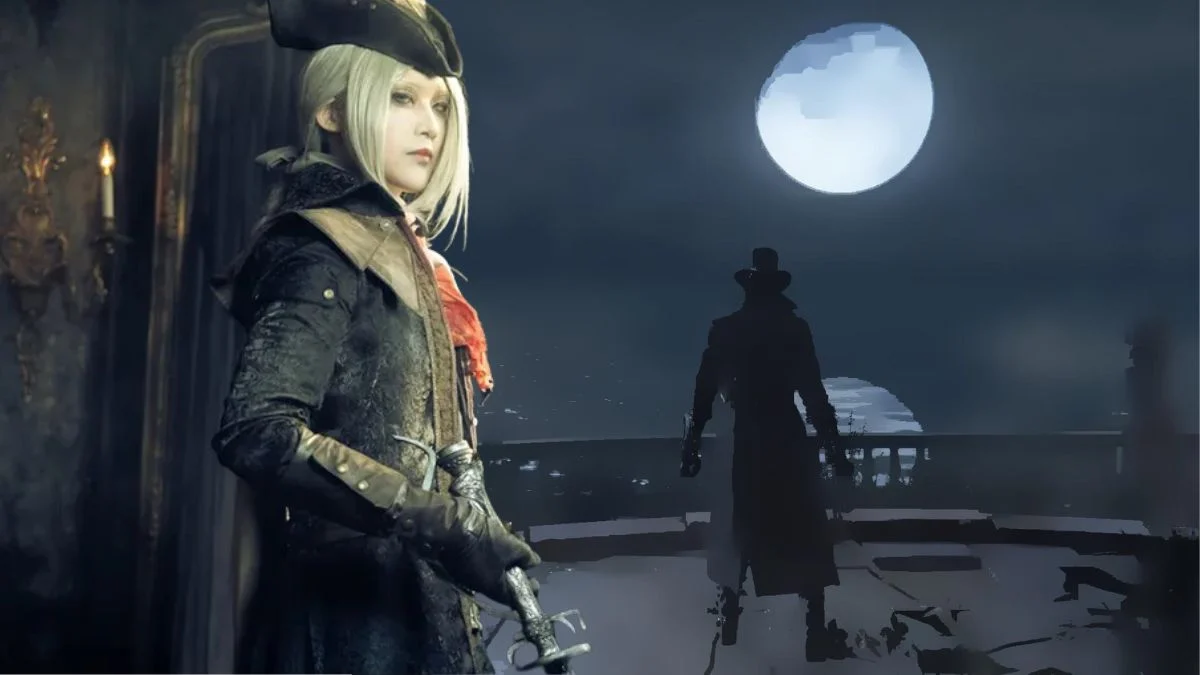From serpent gods that encircle the world to sky-splitting thunderbirds and earth-shaking titans, cultures everywhere tell stories of beings whose size, strength, or dominion over the elements place them beyond ordinary monsters. These creatures anchor creation myths, explain natural disasters, test heroes, and guard sacred realms. Here are twenty of the most formidable figures from traditions across the globe, each with a distinct origin, power, and place in their culture’s imagination.
Typhon
 Wenceslaus Hollar
Wenceslaus HollarIn Greek mythology, Typhon is a primordial giant born of Gaia and Tartarus and described with hundreds of serpentine heads and a voice of many sounds. He battled Zeus for cosmic rule in the Titanomachy’s aftermath and is said to have forged destructive winds and storms. After being defeated, he was cast beneath Mount Etna, whose eruptions were explained as his raging beneath the earth.
Jörmungandr
 Emil Doepler
Emil DoeplerJörmungandr, the Midgard Serpent of Norse myth, is a sea-dragon so vast that it encircles the world and bites its own tail. Prophecy holds that it will release its grip at Ragnarök, poisoning the sky and clashing with Thor. Its presence in the ocean was used to explain great waves, storms, and the peril of far-northern seas.
Fenrir
 A. Fleming
A. FlemingFenrir is the monstrous wolf of Norse tradition, a child of Loki, bound by the dwarven fetter Gleipnir after breaking stronger chains. The gods raised him among themselves, but his foretold role at Ragnarök—where he kills Odin—made his captivity inevitable. His story illustrates the Norse theme of fate that even gods cannot escape.
Tiamat
 Canva
CanvaIn Mesopotamian mythology, Tiamat is the primordial salt-sea goddess who becomes a chaos dragon in the ‘Enūma Eliš’. She battles the younger gods with an army of monsters before being slain by Marduk. From her divided body, Marduk fashions the heavens and the earth, linking her defeat to the world’s creation.
Leviathan
 Gustave Doré
Gustave DoréLeviathan appears in Hebrew scriptures and later traditions as a vast sea serpent or multi-headed dragon embodying the untamable ocean. Its imagery conveys divine sovereignty over chaos, with references in Job, Psalms, and Isaiah. Later Jewish and Christian writings describe Leviathan’s final destruction as part of an eschatological triumph.
Behemoth
 Collin de Plancy
Collin de PlancyBehemoth, paired with Leviathan in Hebrew literature, is depicted as a colossal land creature with unmatched strength and an unassailable hide. It dwells in remote places, feeding on abundant grass and untroubled by floods. In apocalyptic texts, Behemoth represents terrestrial might awaiting judgment alongside its marine counterpart.
Ziz
 Wikimedia Commons
Wikimedia CommonsZiz is the gigantic bird of Jewish lore, a sky-ruling counterpart to Behemoth and Leviathan. Said to span the horizon with its wings, it protects fledglings and can blot out the sun when it flies. Rabbinic traditions use Ziz to complete a triad of cosmic guardians: land, sea, and air.
Apep (Apophis)
 RootOfAllLight (Wikimedia Commons)
RootOfAllLight (Wikimedia Commons)Apep, or Apophis, is the great serpent of Egyptian belief who nightly assaults the solar barque of Ra. Priests enacted rituals to bind and dismember Apep, ensuring sunrise and cosmic order (Ma’at). The myth frames darkness and chaos as ever-present forces defeated through vigilant ritual and divine power.
Ammit
 Jeff Dahl (Wikimedia Commons)
Jeff Dahl (Wikimedia Commons)Ammit is the fearsome devourer in the Egyptian Book of the Dead, part crocodile, lion, and hippopotamus. During the Weighing of the Heart, she consumes the hearts of those judged unworthy, erasing their chance at an afterlife. Her role underscores the moral dimension of Egyptian eschatology and the stakes of cosmic justice.
Chinese Dragon (Long)
 Sodacan (Wikimedia Commons)
Sodacan (Wikimedia Commons)Chinese dragons, or Long, are auspicious, serpentine beings associated with rain, rivers, and imperial authority. They govern weather and water, with Dragon Kings presiding over the four seas and seasonal cycles. Their imagery appears in festivals, imperial regalia, and architecture as symbols of prosperity and harmonized natural forces.
Yamata-no-Orochi
 Wikimedia Commons
Wikimedia CommonsIn Japanese myth, Yamata-no-Orochi is an eight-headed, eight-tailed serpent terrorizing the land of Izumo. The storm deity Susanoo defeats it by intoxicating the beast and discovers the sword Kusanagi within its tail. This episode anchors key regalia lore and links divine heroism to the foundation of order.
Garuda
 Wikimedia Commons
Wikimedia CommonsGaruda, the mighty bird-being of Hindu tradition, serves as the mount (vahana) of Vishnu and is renowned for speed and strength. Born from Vinata, Garuda battles serpent beings (Nāgas), securing amrita to free his mother from bondage. He functions as a protector against poison and symbolizes sovereign protection and divine transport.
Vritra
 Wikimedia Commons
Wikimedia CommonsVritra is the serpent-asura in the Rigveda who withholds the waters and causes drought. Indra slays Vritra with the thunderbolt (vajra), releasing rivers and restoring fertility to the land. Their conflict encodes the seasonal struggle between parched stasis and life-bringing monsoons central to Vedic cosmology.
Quetzalcoatl
 Wikimedia Commons
Wikimedia CommonsQuetzalcoatl, the Feathered Serpent of central Mexican cultures, blends avian and serpentine aspects to signify wind, learning, and creation. In Aztec and earlier Toltec contexts, he is linked to priesthood, calendrics, and the breath that animates humanity. His myths often pair him with Tlaloc and other deities to structure cosmic cycles.
Thunderbird
 Internet Archive Book Images
Internet Archive Book ImagesAcross many Indigenous North American traditions, the Thunderbird is a colossal sky-being whose wingbeats generate thunder and whose blinking unleashes lightning. It protects communities by battling water serpents and malevolent forces in lakes. Stories vary by nation but consistently connect Thunderbird to weather, power, and moral guardianship.
Kraken
 John Gibson
John GibsonIn Scandinavian folklore, the Kraken is an enormous sea creature—often likened to a cephalopod—said to rise like an island and drag ships to the depths. Sailors interpreted maelstroms and sudden sea-calms as signs of its presence. Early natural histories blurred Kraken tales with sightings of giant squid, shaping maritime lore.
Hydra
 Gustave Moreau
Gustave MoreauThe Lernaean Hydra of Greek myth is a multi-headed serpent whose heads regrow when severed. Heracles overcomes it by cauterizing the necks and burying the immortal head beneath a heavy rock. The creature’s venom later arms Heracles’ arrows, extending the Hydra’s lethal influence beyond its lair.
Chimera
 sailko (Wikimedia Commons)
sailko (Wikimedia Commons)The Chimera is a composite beast from Lycia in Greek tradition, described with a lion’s body, a goat’s rising from its back, and a serpent for a tail. It breathes fire and devastates the countryside until Bellerophon, riding Pegasus, slays it. The figure encapsulates hybrid monstrosity and heroic conquest.
Roc (Rukh)
 Edward Julius Detmol
Edward Julius DetmolThe Roc, or Rukh, in Arabic and Persian lore is a gigantic raptor capable of lifting elephants and whales. Maritime tales place it on remote islands, where the shadow of its wings portends sudden peril. References in travel narratives and folktales emphasize the Roc’s scale and the dangers of distant voyages.
Simurgh
 Wikimedia Commons
Wikimedia CommonsThe Simurgh of Persian mythology is a wise, long-lived bird dwelling on the Tree of Life or atop Mount Qaf. In the ‘Shahnameh’, it raises the hero Zal, offers healing knowledge, and aids Rustam at pivotal moments. As a benevolent power, it connects kingship, wisdom, and the renewal of the world.
Share your picks and the creatures you’d add to the list in the comments!

.jpeg)






















.jpeg)













 English (US) ·
English (US) ·